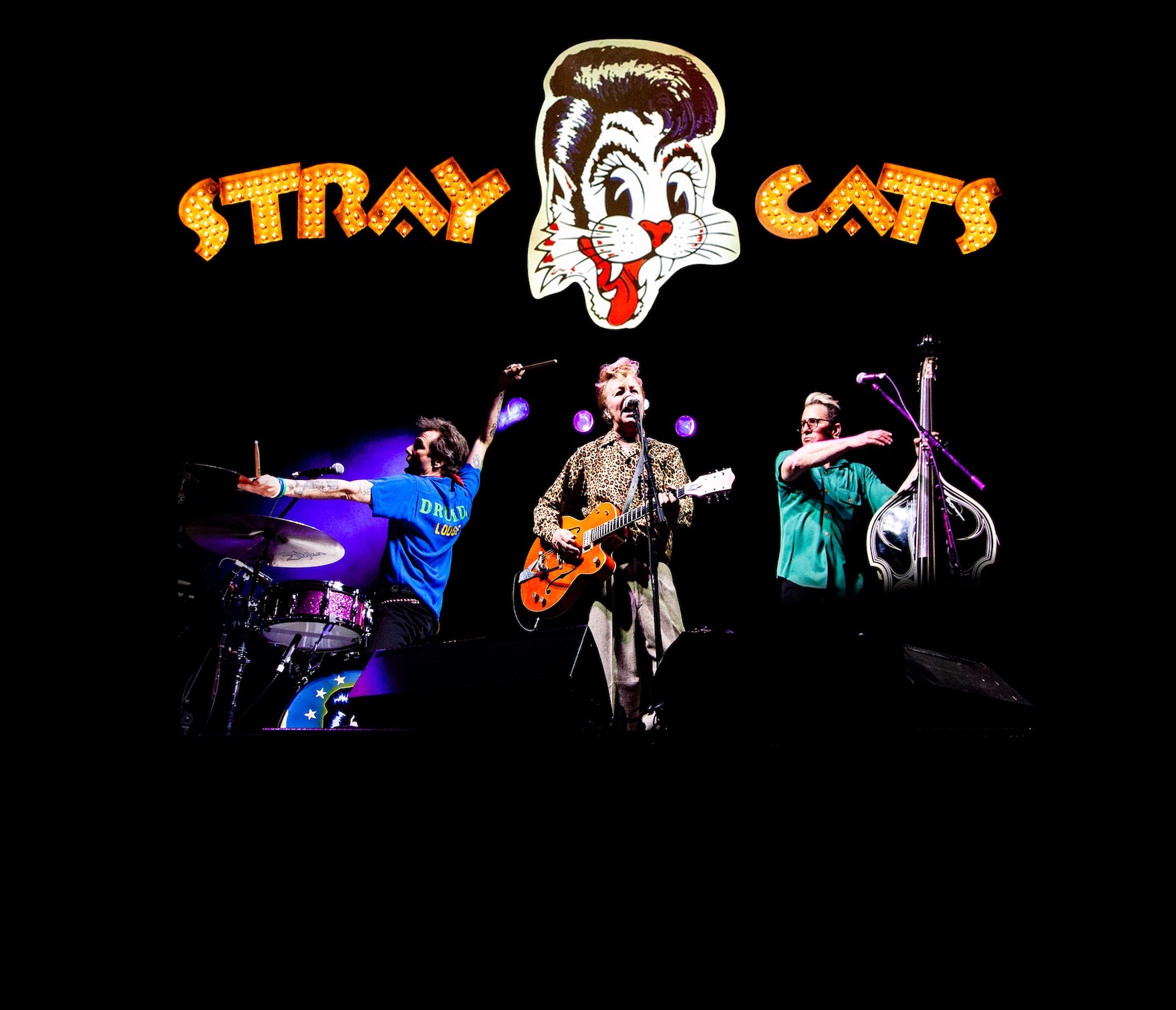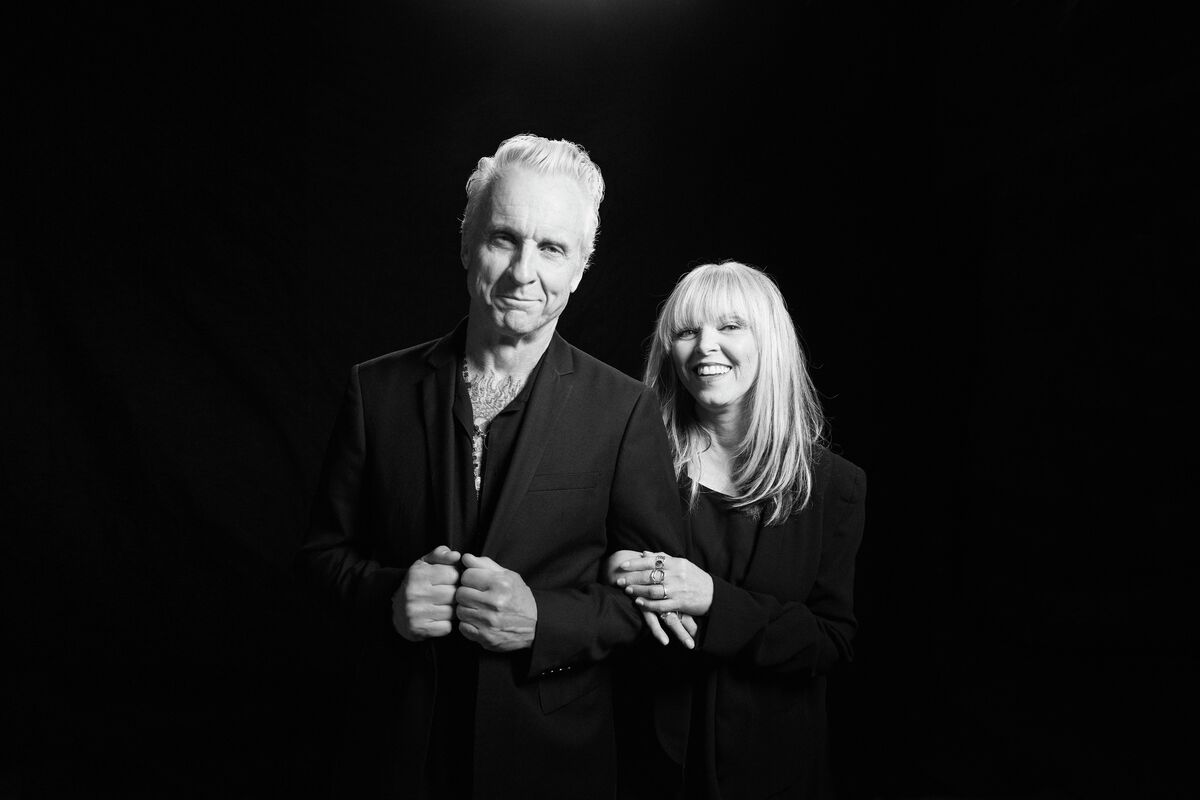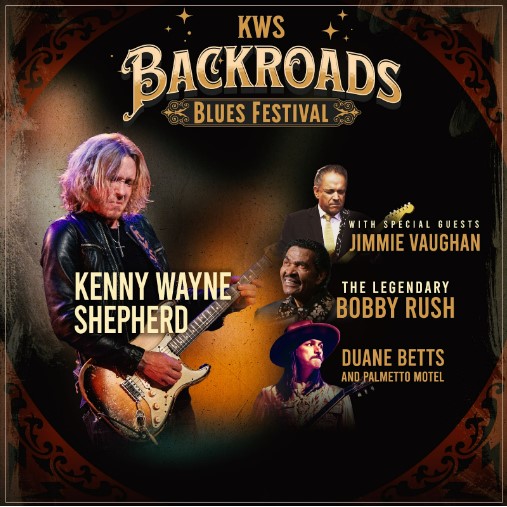Featured News - Current News - Archived News - News Categories
About every three years, award-winning pop singer/songwriter Seth Swirsky treats fans to a core piece of his unrelenting talent as a true pop recording artist. This year, he's back with the emotionally compelling project "Circles and Squares," which released Aug. 19.
A phrase that truly captures Swirsky's essence as the jack of all artistic trades, the pop aficionado coined himself as "manic expressive" - a colorful, contemporary idiom of admission for his frenzied creativity. Swirsky has penned music hits for himself and others. He's also the director of the award-winning documentary "Beatles Stories," the bestselling author of the "Baseball Letters" trilogy, and a modern expressionist painter with a gallery show slated for the fall in L.A.
Swirsky alternates dynamically between solo albums and acclaimed collections with his band The Red Button with music partner Mike Ruekberg.
His latest album title originates from the unique way Swirsky goes about creating his huge paintings: He starts by painting big circles and big squares, and then fills them all in as the muse hits.
"I kind of have this little image amongst the songwriting crowd and the people who buy my records that I make very happy songs," he said. "And I guess that is what comes out. I use a lot of major chords. I really enjoy a happy feeling. But I don't set out to do that.
"Now, I'm more like, if it's a song about ... how I deal with loneliness, things like that, I'm find to have that on a record. It doesn't have to be all magic and light and balloons and flowers. I've tried to grow that way."
He describes the album as a musical "diary" featuring little bits of his everyday life - like Polaroid snapshots he shares with the listener. He said it's reflective of "what I think I went through the last five years, and (I) hope that mirrors some of the things that you can relate to, too. And, hopefully, people will like it for that reason."
"I'm very, very proud of this record," he said.
"Sonic Ferris Wheel" describes what his panic episodes are like, while "Far Away" finds him in a moment of whimsical daydreaming. There's even a marriage proposal of sorts ("Let's Get Married"), and tunes about other facets of a serious, life-changing romance. He taps into '60s and '70s influences like 10cc (the opening tune "Shine"), Simon & Garfunkel ("I Think of Her"), Wings ("Circles and Squares"), The Byrds ("Table") and others.
Swirsky has penned infectious, instantly singable melodies scoring hits for the likes of Taylor Dayne ("Tell It To My Heart"), Air Supply ("After All"), Olivia Newton-John ("Not Gonna Be The One"), Michael McDonald ("Tear It Up") and Al Green ("Love Is A Beautiful Thing"). His songs have the unique ability to bring listeners back to the golden age of pop music - yet the feel remarkably fresh and current. But rather than attempt to be like his musical heroes, through his highly melodic tunes, he's continuing the glorious traditions they started.
The following is a select Q&A with Swirsky.
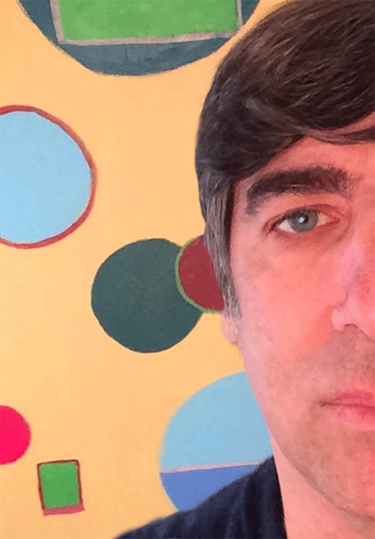
Seth Swirsky
Q: You're a well-known songwriter, but also a popular performer. You rotate between behind the scenes and then, like today, taking center stage. Do you have a preference?
Seth Swirsky: You know, I like doing things on the inside out. Many months can go by where I think I'm not doing anything, or I look at my life and say, "Wow, he's got to work. He doesn't have to go to an office. What's he doing?" You know?
But to be honest with you, guys like me, me personally, I should say, we're creating at all times. We're taking things in, and we don't know where they're going to fit down the line.
As an example, you know, the song "Old Letter" on my new record, that was written many years ago, and it just popped into my head as I was finishing the recording. And it just found its way onto the record, and it's kind of one of those important little links.
So, you never know where your ideas are going to come from. And, for certainly me, I like to - I don't really have to perform that much. That's not the thing that really gets me - just takes me to the next level. What takes me to next level is actually collaging. It's finding pieces over the years; finding pieces at the moment. And putting them all together in a work like my album, "Circles and Squares."
Q: How easy is that? The album, it debuted to critical acclaim, so it would seem, obviously, that the collaging worked; that all of those ideas and pieces came together properly. How do you get to that point?
Seth Swirsky: Well, it's a great question. I make my work for an audience of one. I really do. I don't think anymore. In my 20s, I used to think, "Oh, is this one going to like it? Is this audience going to like it? Or is this mentor of mine going to like it? Is this girlfriend going to like it?" Or whatever it was. And I got so confused, because everybody liked something different. And I had to learn the hard way. And I just now make things - I call it an audience of one. I just make things, with lots of detail - I love detail - and I make that for myself. I make it so that I can listen and be, "Wow. I love that."
I want to love my work. If anybody else does, fantastic. I'm so thrilled by that. I really am. I'm a human being. I love when people love what I do. But I don't, also, get hung up on whether they don't like it or not. You know? Maybe there's a little pain here and there; it doesn't matter who you are in the world, and how much you've achieved or not. You still are human. You want people to like what you've done. But I don't create to do that. I don't think, "Wow, people would love a big guitar here," or "They would love this kind of song."
I think, all the pieces that I've found, I want to collage into my own work. And if I like it, that's good enough for me.
Q: With this record, I understand you were sort of inspired by or maybe even tried to emulate Lennon and McCartney. So, in terms of working for that audience of one, what was it about those guys that inspired you?
Seth Swirsky: I think, subconsciously, artists do things that they don't quite know what they're doing. I don't set out to make the next "Sgt. Pepper." I don't set out to make a Coldplay record. I don't set out to make a Tom Petty-sounding song. I don't know quite what I'm going to do when I pick up a guitar and I make a song. I mean, writing it is one thing. But then, to actually produce it into your vision, I don't quite know how it's going to go.
And I like that. I like that I don't know. It's like going out on a date with somebody you're excited about, but you've never met. It's like you're anticipating something good, and then if something good keeps happening, well, that's wonderful. That's a relationship.
You have a relationship with a song, too. You have a relationship with an album.
So, for me, to get specifically to your question, I loved the Beatles growing up very, very much. I was a little too young - you know, I didn't get them in my teens. I kind of got them 7 and 8 and 9 years old. But, by the end of the Beatles, when they broke up, Paul McCartney came out with his own solo record, called "McCartney." And John Lennon came out with his solo record called "Plastic Ono Band."
They both hit me around 10 years old. And, what I loved about the McCartney record, it was the first record that an artist really recorded every instrument. He wrote, sang and played every instrument.
In John's record, John Lennon's record was very confessional. And he said a lot of things that you wouldn't normally hear. I think that that was in me for a very long time. And I really wanted to make an amalgam of those records.
I wanted to really talk about my anxiety episodes, and how I got through them. That's on a song like "Sonic Ferris Wheel." I wanted to talk about love and life and things like that, which McCartney kind of covered on the "McCartney" record. And I played all the instruments, sang it and wrote it, too.
So, for me, it was kind of a homemade record - even though it was done in the studio, like those guys did, too.
But those were my big influences. And those records, themselves, were kind of what I think I subconsciously wanted to emulate.
Q: Some songwriters I know tend to stay in one well-defined lane. You've written songs for Taylor Dayne, Olivia Newton-John, Michael McDonald and Al Green. They're all sort of different artists. I was curious as to how you were able to cross genres like that - is it because, as you said, when you start the musical process, you let it come to you, as opposed to trying to force something?
Seth Swirsky: You know, I'm a pop guy. Pop music. I love pop music. Pop, meaning popular. Meaning songs you can sing. I like two-and-a-half-minute pop songs. I don't care if it's a cool group that does it, or, back in the day, if it was The Carpenters who did it. It doesn't matter to me if somebody's cool or not. It matters more can I sing the song? Does it move me?
And, so for me, I grew up listening to black music, white music, pop music, R&B music, Indian music, this music and that music. Barbra Streisand as much as the Bee Gees. I listened to it all. It was always in my house. So, I loved it very much. I loved Al Green. I loved Michael McDonald. When projects came up where they happened to be listening to songs that I could get on their records, when I saw my name on their albums, it was like it blew me away. Because it wasn't that many years before that I was sitting in my favorite green chair in my room growing up. That I had the lights off, and my headphones were on, listening to their records and just loving music.
So, to be real, real honest with you, I don't really care if I write the song, of if they write the song. I just want to hear great music. I just want to hear music that I can sing.
I'm fortunate enough that I can bridge some of those kinds of genres. But I don't really see it (that way). I see it more as I write pop music. I write things you can sing, hopefully.
Connect with Seth Swirsky
Joshua Maloni contributed to this article.
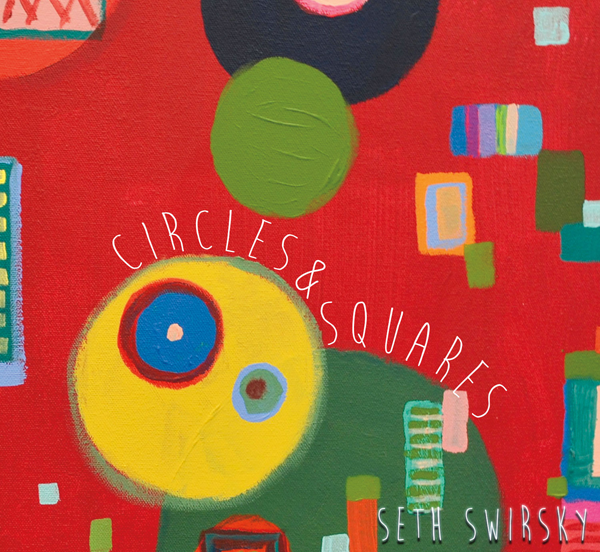
Seth Swirsky's "Circles and Squares"


























